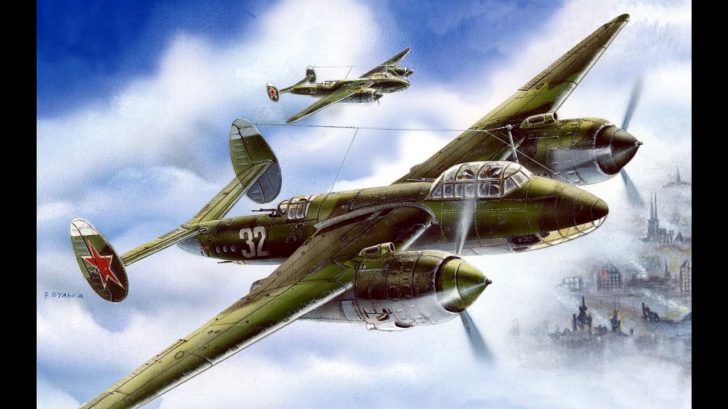The Soviet Union went to extraordinary lengths to create an effective ground attack aircraft during the Second World War. At that point, they envisioned a warbird capable of doing extreme damage to enemy infantry and vehicle regiments.
The Fire Hedgehog
In 1944, as the Red Army advanced victoriously toward the West, two weapons designers came up with a novel new weapons package they called “The Fire Hedgehog.”
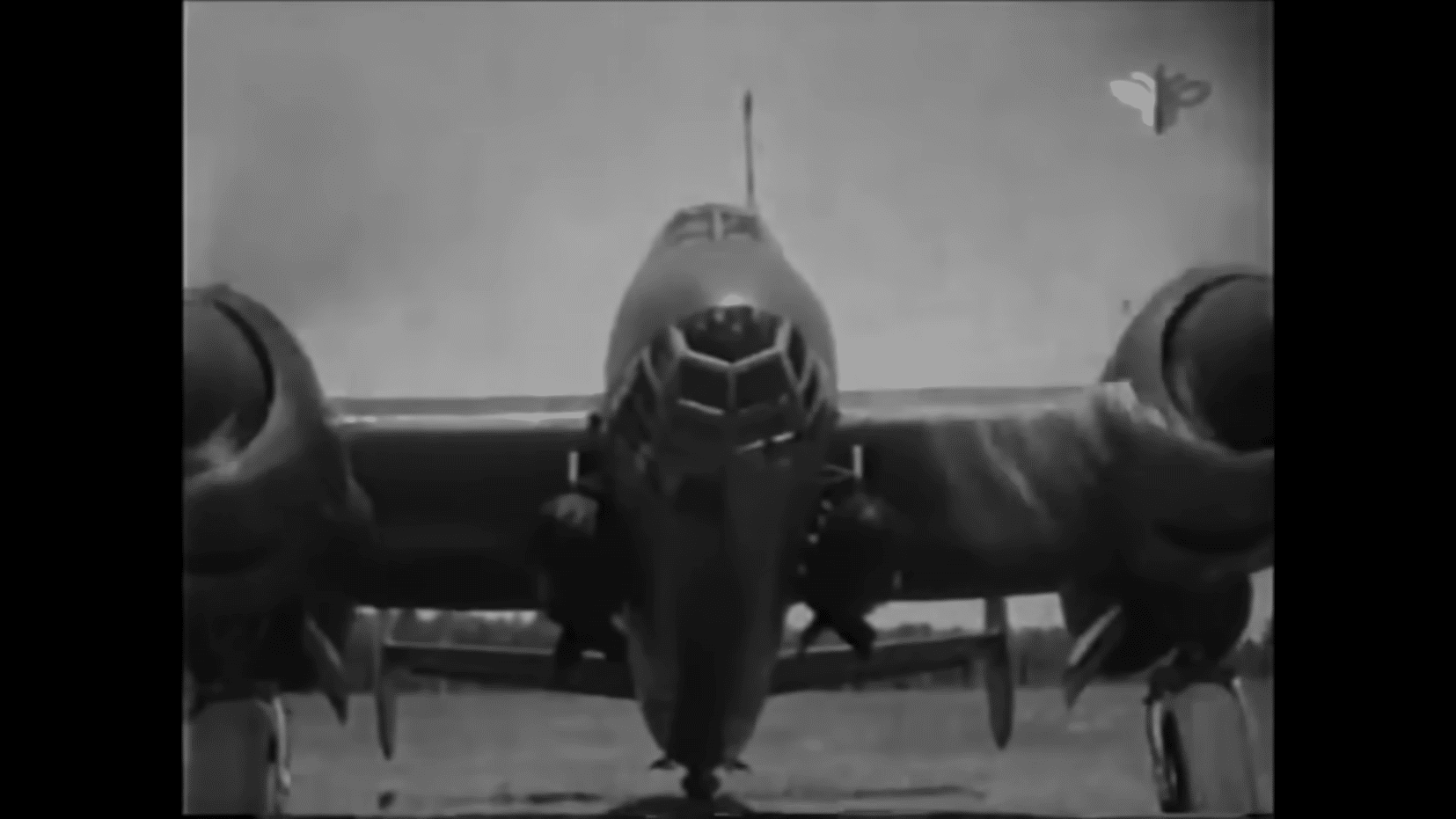
It took the already-proven Tupolev Tu-2 light bomber as the platform and decided to reuse the bomb bay to mount a new weapons system they had invented.
Tu-2s As A Platform
Tu-2s entered service in 1941 and served the same role as the American B-26 Marauder. However, they would also often provide close air support to friendly troops via strafing. As a result, these light bombers were seen as tough and reliable as it was armored on the underside and faired very well with low-level attack missions on German positions.
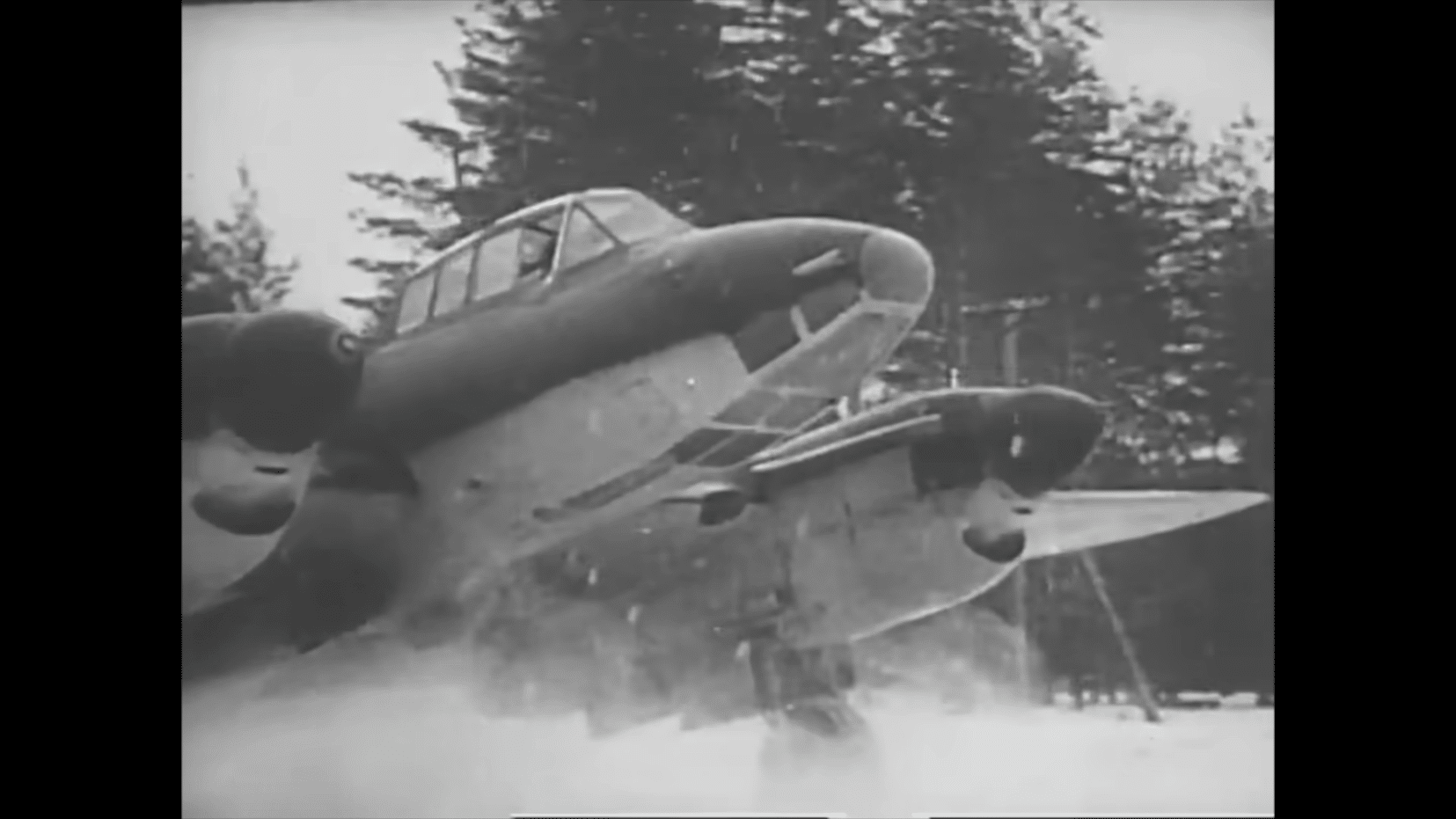
Tu-2s were also already well-armed: having two forward-firing 20mm cannons and three rear-firing 7.62 mm machine guns.
Improving Its Lethality?
Yet weapons designers Nadashkevich and Saveliev believed that they could still vastly improve the Tu-2’s lethality against ground targets. And so, the two mechanics went with the PPSh-41 submachine gun – a rather curious and questionable choice for aircraft armament.
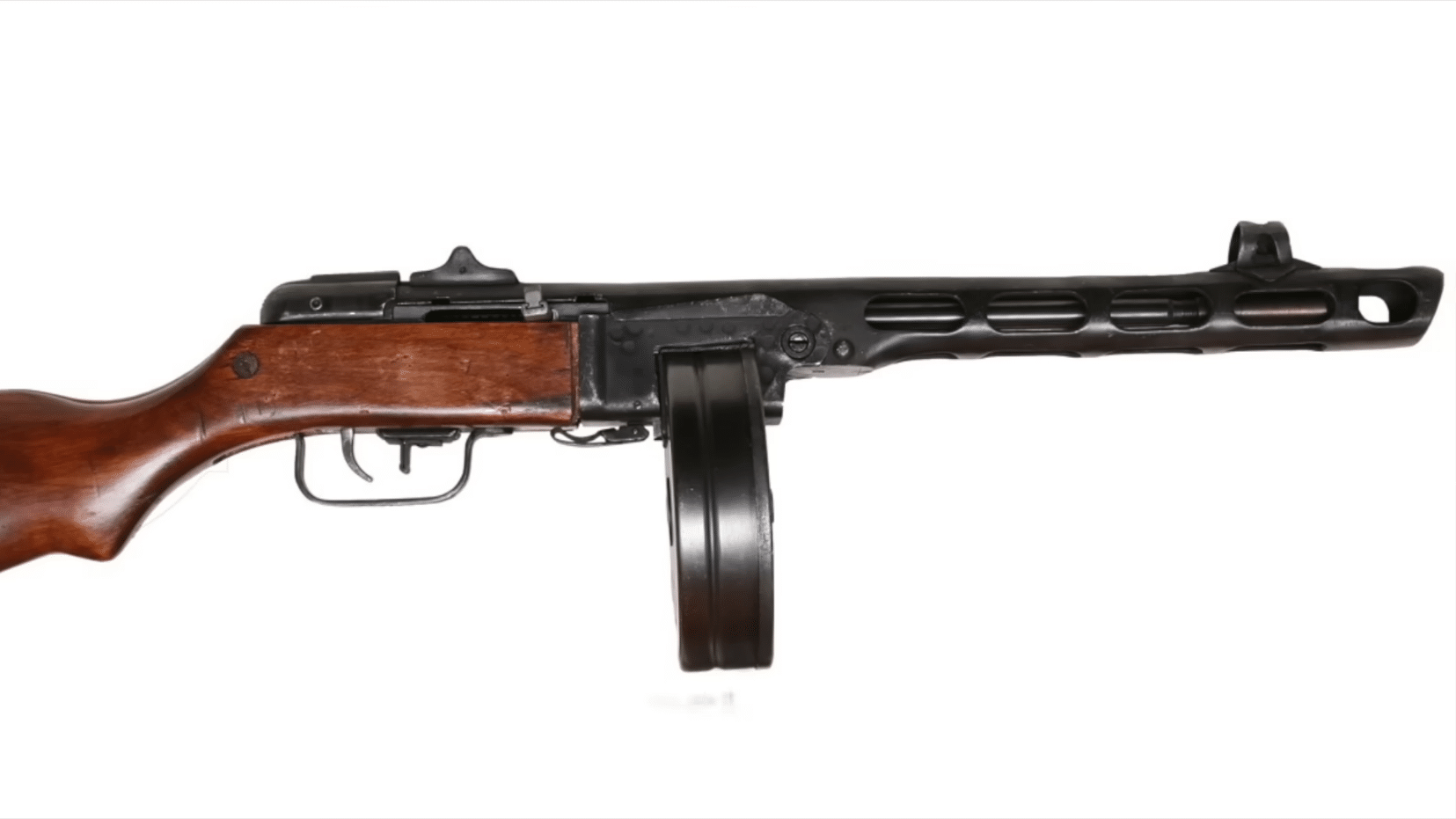
At that time, this SMG was used by short-range infantry and offered a faster firing rate of 900 rpm, nearly twice as fast as its WWII-era counterparts.
Fire Hedgehog’s Design
Their proposed design was a removable batter of 88 (originally 48) PPSh-41 submachine guns fitted to the underside of the Tu-2.

Oriented to fire down, this battery featured eleven rows of 8 PPSh-41s and occupied space that could hold 3,300 lbs of bombs. Even though they theorized that it could increase the Tu-2’s ability to quell enemy infantry forces, there was only one plane ever fitted with the battery.
Only For Testing
The Tu-2Sh, the variant with the 88 PPSh-41s, needed to have the battery hoisted up by ropes which could only be aimed through a specially designed sight, and fired by a solenoid that activated all guns at the same time. Additionally, the battery needed 100 man-hours to be fully loaded, prone to several weapon malfunctions (88 guns!), and lessened the Tu-2’s service ceiling to under 800 ft – aka the perfect place for most German AA weapons to bring them down. As such, the Tu-2Sh was never deployed in combat.
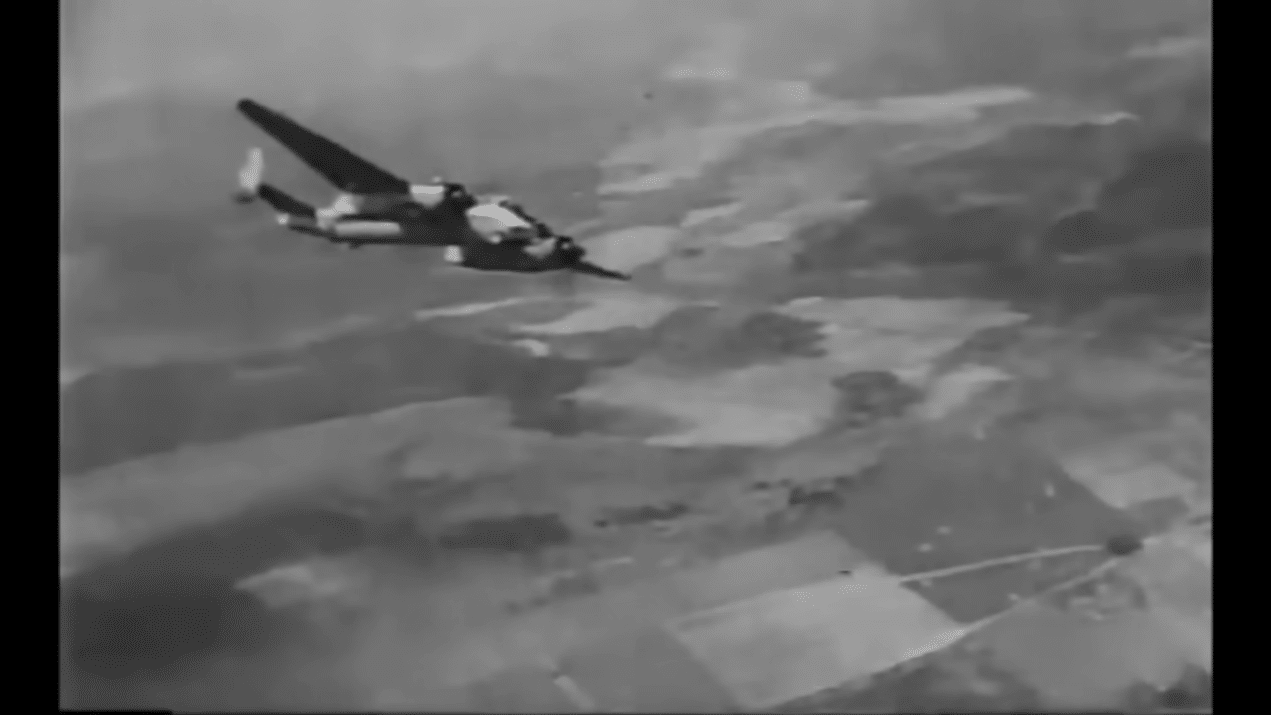
Regardless, the Tu-2Sh would have been able to expend 6,250 steel-cored incendiary rounds over a 1,800-ft long and 4-ft wide area in just 4 seconds – assuming that all 88 guns worked properly, of course.


